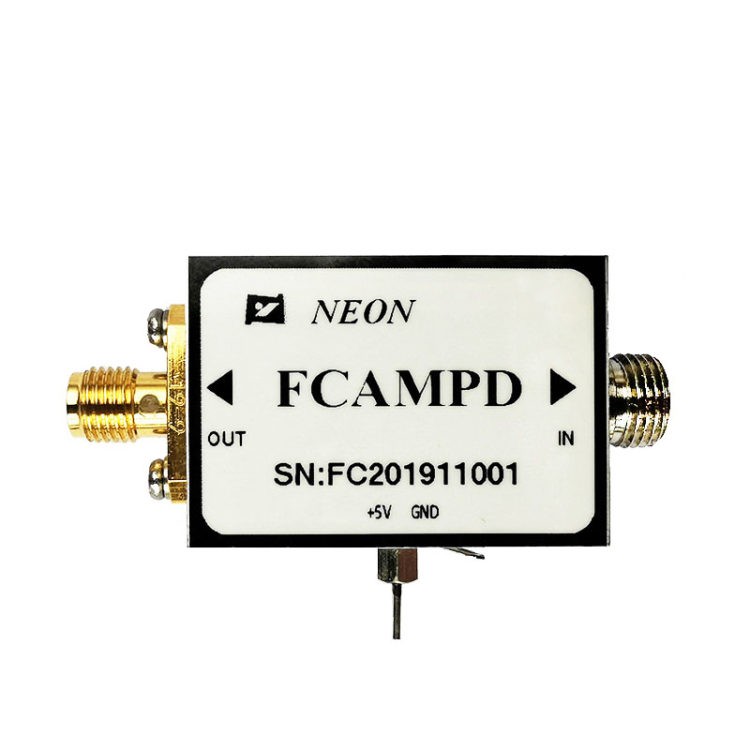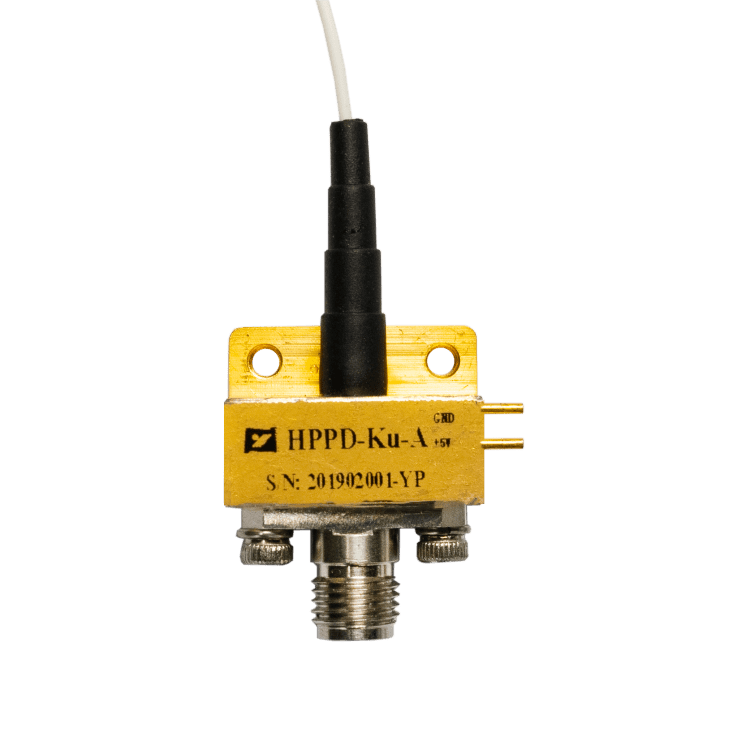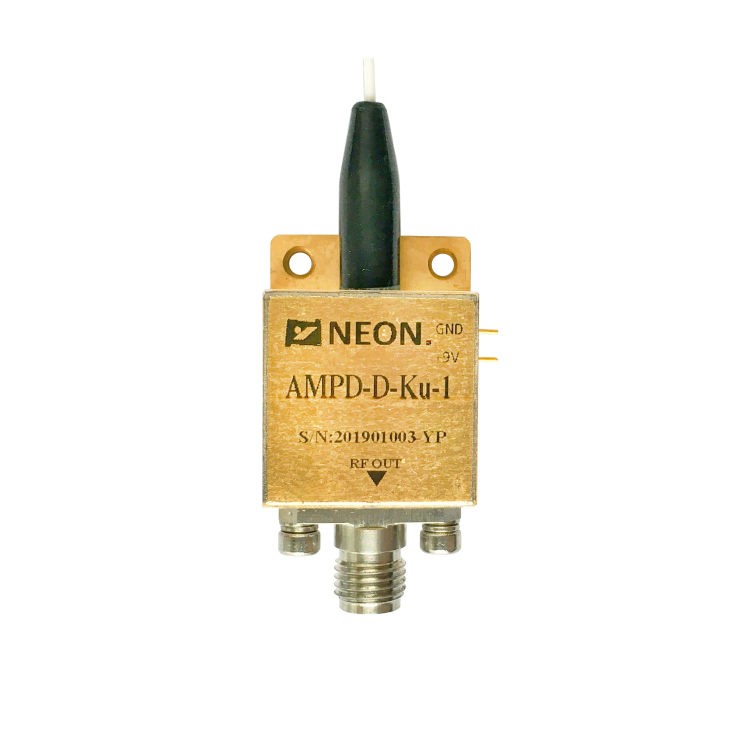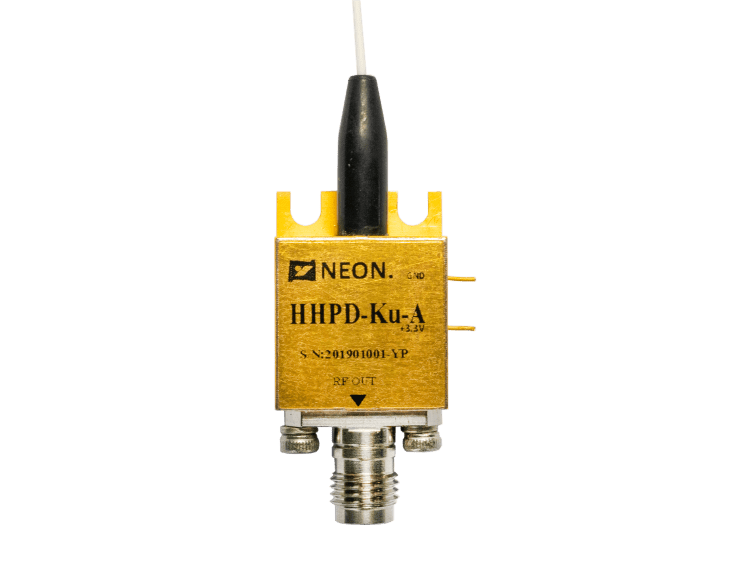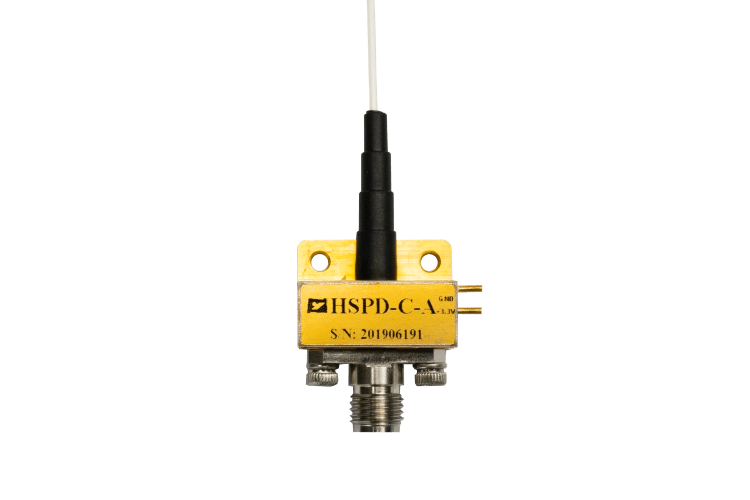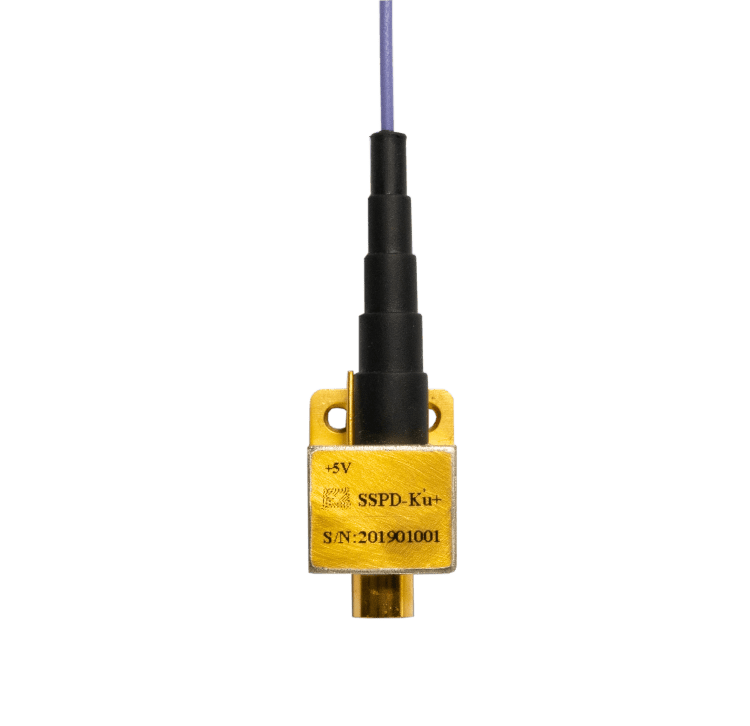Differences Between InGaAs Detectors and Photodiode Detectors
InGaAs detectors and photodiode detectors are two types of devices commonly used for detecting light. While they may appear similar, they differ in terms of their construction, working principle, sensitivity, wavelength range, and applications. Understanding these differences can help you choose the right device for specific applications.
Construction and Working Principles
InGaAs detectors are composed of a p-i-n structure, where “p” and “n” refer to the doping types and “i” refers to an intrinsic layer. The intrinsic layer is made of InGaAs (indium gallium arsenide), which has a bandgap energy that corresponds to the near-infrared (NIR) region. When NIR photons enter the device, they are absorbed by the intrinsic layer, generating electron-hole pairs that are then collected by the electrodes on either side of the device.
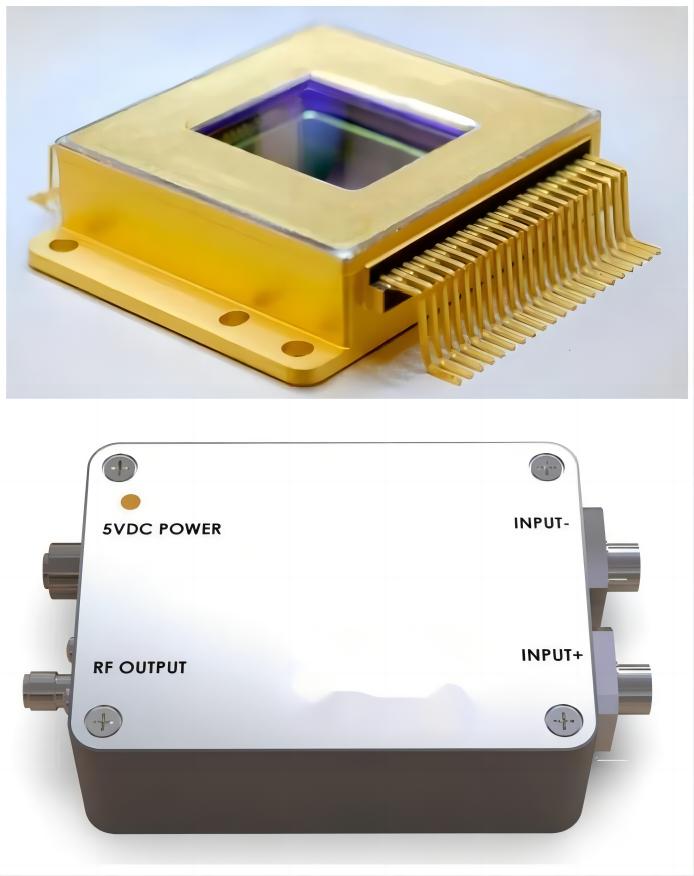
Photodiode detectors, on the other hand, are composed of a p-n junction. The p-type and n-type layers are made of semiconductors with different doping levels, creating a built-in electric field across the junction. When photons enter the device, they are absorbed by the semiconductor, creating electron-hole pairs that are then separated by the built-in electric field, generating a photocurrent that can be measured.
Sensitivity
InGaAs detectors have high sensitivity in the NIR region, where they can detect wavelengths between 0.9 and 1.7 microns. This sensitivity makes them useful in applications such as spectroscopy, LIDAR (light detection and ranging), and astronomy, where many sources emit in the NIR region. The high sensitivity of InGaAs detectors is due to the narrow bandgap of InGaAs, which allows it to absorb photons with low energy.
Photodiode detectors, on the other hand, have high sensitivity in the visible region, where they can detect wavelengths between 400 and 700 nanometers. This makes them useful in applications such as imaging, sensing, and color detection, where the sources emit in the visible region. The sensitivity of photodiode detectors is due to the wide bandgap of the semiconductor used, which allows it to absorb photons with higher energy.
Wavelength Range
The wavelength range of InGaAs detectors is limited to the NIR region, where they can detect wavelengths between 0.9 and 1.7 microns. This range is ideal for applications such as spectroscopy, LIDAR, and astronomy, where the sources emit in the NIR region. However, InGaAs detectors cannot detect visible light, which limits their use in applications where visible light is the source of interest.
Photodiode detectors have a wider wavelength range compared to InGaAs detectors. They can detect visible light between 400 and 700 nanometers, making them ideal for applications such as color detection, imaging, and sensing. However, they cannot detect light in the NIR region, which limits their use in applications where NIR light is the source of interest.

Applications
InGaAs detectors are commonly used in applications such as spectroscopy, LIDAR, and astronomy, where high sensitivity in the NIR region is required. They are also used in telecommunications, where they are used to detect optical signals in fiber-optic communication networks.
Photodiode detectors are commonly used in applications such as color detection, imaging, sensing, and communications, where high sensitivity in the visible region is required. They are also used in electronic devices such as cameras, barcode scanners, and optical mice.
Conclusion
InGaAs detectors and photodiode detectors have distinct differences in their construction, working principle, sensitivity, wavelength range, and applications. Choosing the right detector for a specific application depends on factors such as the desired wavelength range, sensitivity, and cost. By understanding the differences between these detectors, you can make an informed decision when choosing the right detector for your application. If you still don’t know how to choose the right detectors, tell your requirements to NEON, a professional detector manufacturer, who can give you useful reference information and customized detectors for you.


